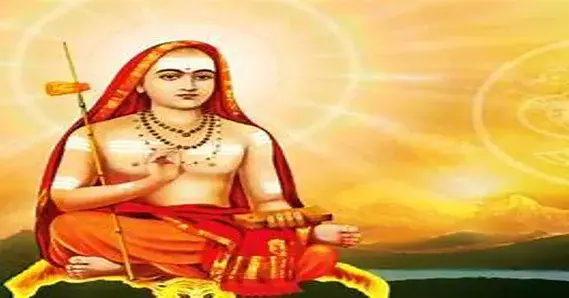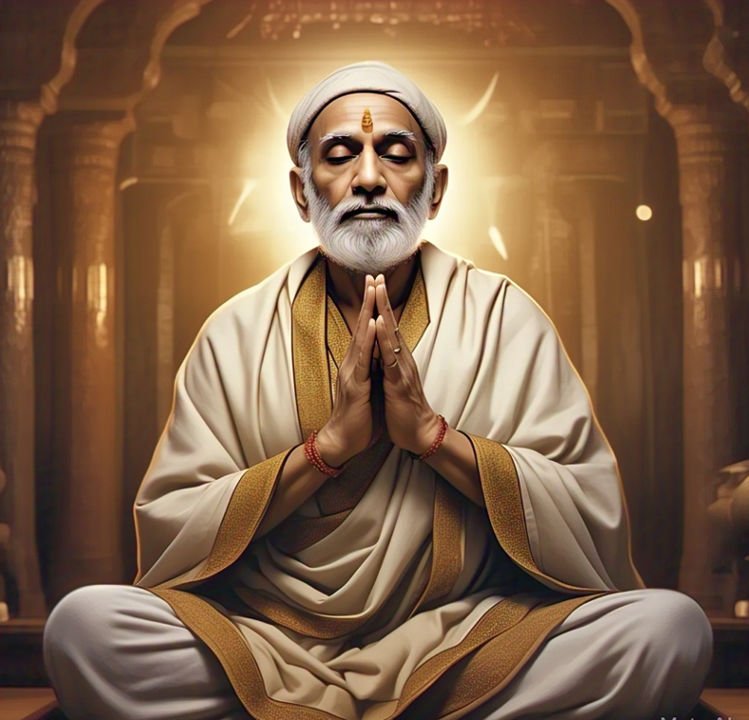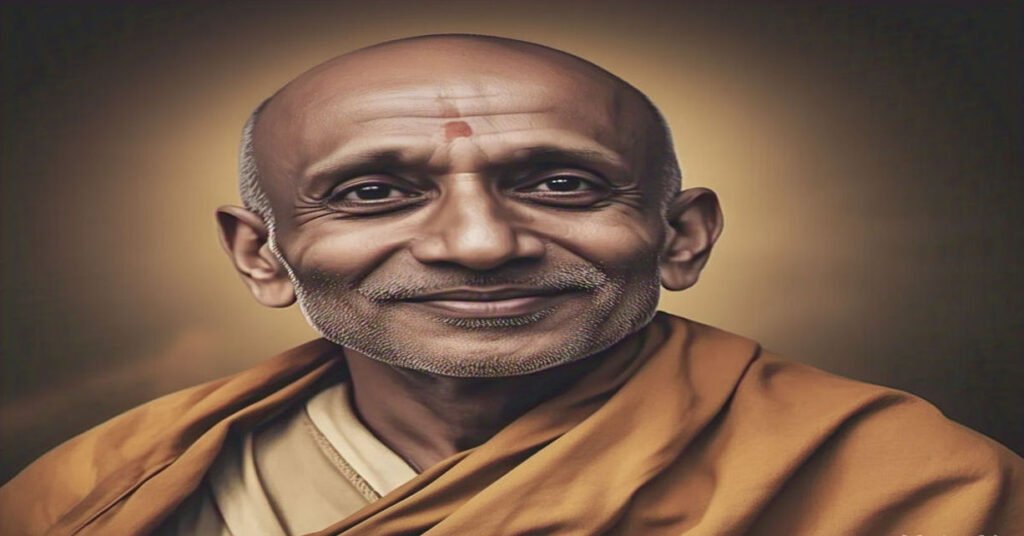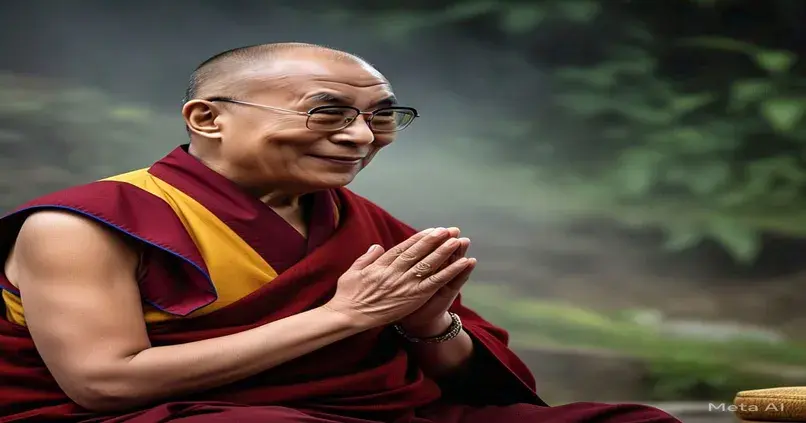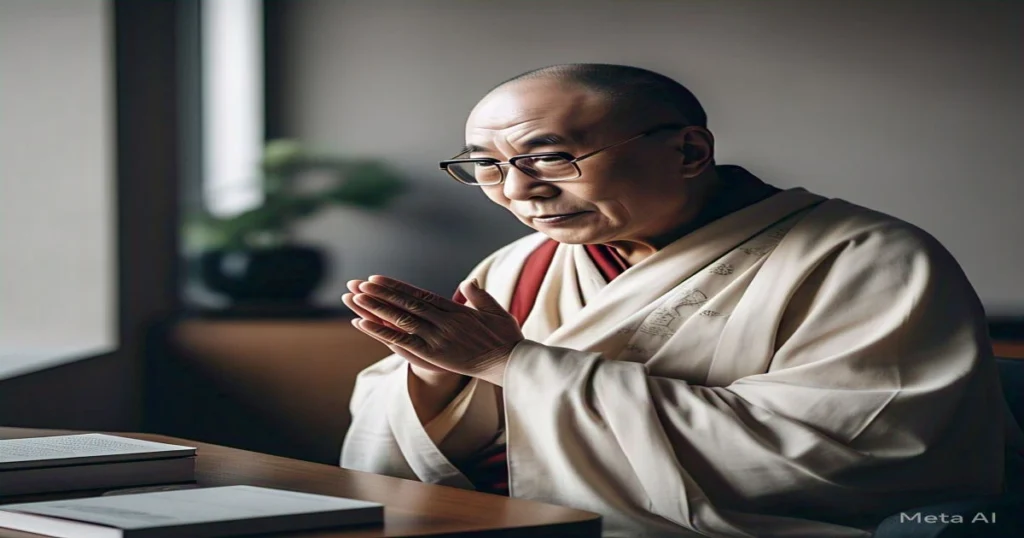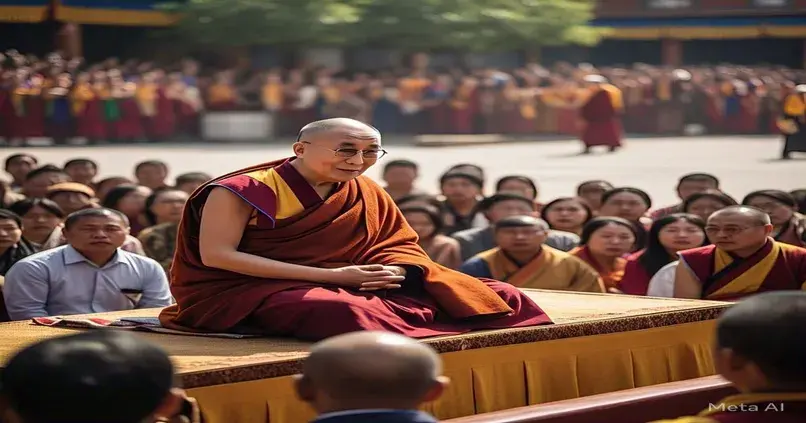Who is Budhha ? | Gautam Budhha Autobiography
/0 Comments/in Almighty, Biographies & Life Stories, Spiritual Leaders/by rathodkethan1@gmail.comGautam Buddha: The Enlightened One Who Transformed the World
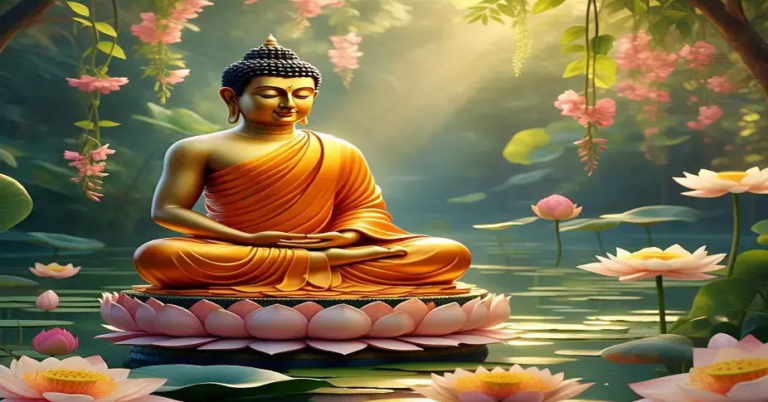
Study about Gautam Budhha; we are ready to afford Buddhism. Friends, Today, I am going to introduce you to a remarkable period in history. We can call this era the watershed movement of ancient Indian history. This is the story of the sixth and fifth centuries AD, when the Aryan culture had reached its peak in the vast Ganges and Yamuna rivers of North India.
Reason for religion rise
Friends, in the lecture on Jainism, we observed the formation of various religious sects in this era. We saw how the social, economic, and political conditions of the society are the primary reasons for the rise of any religion. Then religion spread widely in the Indian subcontinent.
Budhhism origin
Origin of Buddhism Friends, because Buddhism and Jainism rose at almost the same time. We can briefly see the causes of the origin of both. If we look at the causes of the rise of new religions. Then the rigid structure of the Varna system in the later Vedic culture. And everything based on birth became one of the reasons for the rise of new religions.
Gangetic Valley
Second and foremost was the rise of a widespread agriculture-based economy in the mid-Ganjitic plains. Third was the rise of the coins, coinciding with the rise of the coins.
Major reason for the rise of Buddhism
Increase trade and commerce, due to which the importance of Vaishya in society increased. And they embraced new religions to elevate their social status. finally the conservative people of the society started demanding the old lifestyle. Friends, you can cover all these points in detail in the video of Jainism.
Gautam Budhha Birth
This place is at a short distance from the Basti district of UP today. Gautam Buddha’s father is considered an elected leader of the Vastu community. He was the head of the Shakya clan. His mother, Maya Devi, was a princess of the Salam Dynasty.
Gautam Buddha Early life
It is clear that Buddha belonged to a noble family. Here he believed in equal rights due to living in a republic state. Since childhood, he had a great love for meditation. His marriage was with Ali. But he was not interested in married life. Here the famous incident of Four Sides is mentioned.
Gautam Buddha at 29
In a prophecy of childhood, people said that Siddhartha would either become Buddha or a great king. Now his father, with the intention of making him a great king, kept him locked in the luxury of the palace. When he came out of his palace for the first time at the age of 29, he saw four signs. First he saw an old man who told him about the consequences.
Gautam Buddha - 4 sights
In the second scene, he met a Sikh man who had some disease. There he stated that diseases and pain are inevitable for all human beings. In the third scene, he saw a dead body. In his charity, someone informed him that humans cannot stop death. The fourth scene was of a saint, i.e., tapasvika, who had devoted herself to finding human suffering.
Gautam Buddha left palace
Only after these Four Sights. That he get the inspiration to end human suffering. So he gets free from the cycle of birth and death. At the age of 29, he left his home and started living among the people of the society. The spread of humanism greatly influenced him. He wanted to find a solution for it.
Gautam Buddha travel for 7 years
For 7 years he kept traveling from one place to another.At the age of 35 he found enlightenment under a peepal tree. This is why people named the place Bodh Gaya, which is in Bihar today. After this, people started calling him Bodh Gaya.
Long Journey
In this long journey, he started sharing his history with people, which he called Bodh Gaya. Due to this, he used to travel a long distance in a day. Except for the rainy season, he used to keep traveling continuously, meditating, and doing penance.
Enlightenment
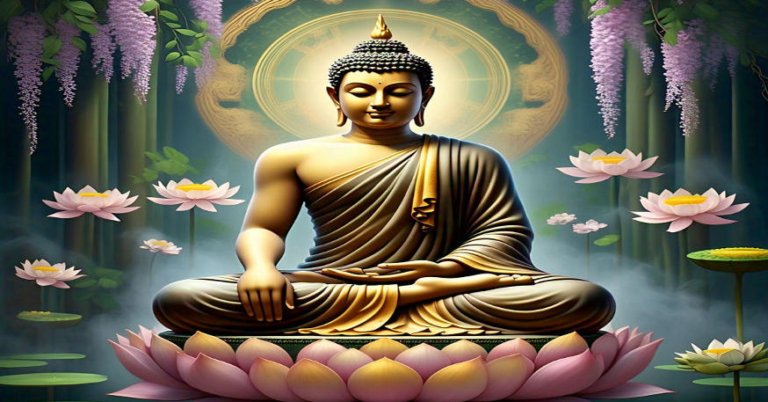
This continued for 40 years. During this time he also found supporters of the other sex, like Brahmins, whom he easily defeated in debates. His missionary activities never discriminated between upper and lower castes or between men and women. This exemplifies his egalitarian beliefs.
Death
He died in 487 AD at the age of 80 in Kushinagar. Today, this place is Kasia in the Deoria district of Eastern UP. Friends, let’s move ahead and talk about Buddhism. Actually, Dr. Gautam Buddha was a practical reformer who accepted the reality of the society of his time and fought against it.
Life Cycle
He associated himself with the common problems of the society that people were suffering from in daily life. He believed that the world is full of sorrows and people’s desires cause their suffering. If one goes through this, then a person attains Nirvana. After which he becomes free from the cycle of birth and death.
8 - Fold Paths
He said that one cannot reach Nirvana as it is not a place. Buddhism did not establish a supreme deity or god. The text of the third century AD recommended the path of Kiyashtange. The 8-fold path includes three key elements. These are Right Observation (Samyak Drishti), Right Determination (Samyak Sankalp), and Right Speech (Samyak Vaak).
Middle Path
And by doing this, he will achieve his final destination successfully. One of the most important philosophies of Buddha was the middle path. According to this, he advised a person to live between luxury and austerity. Both these things should not be in access. This philosophy makes Buddha different from Mahavira. Mahavira asked to follow strictness and stereotypes.
Rules of budhhism
His principle is do not lie, do not indulge. But stay away from sexual misconduct, and avoid adultery. Here you will see that we find these teachings in Jainism and all other religions as well. According to Buddha, every person is responsible for his own happiness. This feature shows the individualistic component of Buddhism. Friends, Jainism and Buddhism rose in this era.
Difference between Buddhism & Jainism
So let’s take a look at the difference between the principles of both. Comparison with Jainism: Buddhism believes in the cycle of birth and death, which can only be broken by Nirvana, i.e., Enlightenment. Whereas Jainism believes in the good and bad qualities of a person. It will continue according to deeds until liberation is most of the achievement.
Five Vows
Buddhism doesn’t define sin. While Jainism considers harming others sinful. Buddhism views desire as the cause of suffering in life, avoidable through the Eightfold Path. So Jainism emphasizes respect for all life, with liberation achieved through the Five Great Vows. Now, let’s explore the features of Buddhism and its historical spread.
Budhhism attracted factors
Buddhism recognized the existence of God and the soul. And this feature revolutionized the history of Indian religion. Buddhism attacked the Varna system, due to which it was able to attach to the people of the lower strata. In the initial phase, no kind of philosophical discussion got to encourage. Due to which everyone must attract Buddhism to it.
Compare to Brahmanism
In comparison to Brahmanism, people see Buddhism as a liberal and democratic religion. Buddhism emerged and appealed to people of non-Vedic areas. Due to Buddha’s personality and his method of preaching, Buddhism spread very fast. Also, he talked about fighting evil with goodness and hatred with love. He tackled his opponents with the presence of mind.
Allow Slaves
Pali language, which is a type of natural language, contributed to the spread of Buddhism among the common people. Buddha organized religious orders. Sangha, which were open to people of all castes, creeds, and sexes. In these Buddhist orders, women also got equal rights as men. Only slaves could join after the permission of their masters.
Republic States
To join the Sangha, it was necessary that one be restrained, poor, and fit. So, overall, if we look at the three principal elements of Buddhism, the Buddha religion, and the Sangha. With the help of organized preaching and Sangha, Buddhism started progressing very fast.
Dynasties established many republican states, including Kushal and Kaushambi. Then rulers and people of the world adopted Buddhism. 200 years after the death of Buddha, Ashoka influenced Buddhism.
King Ashoka spread Budhhism
Ashoka spread Buddhism to Central Asia, West Asia, and Sri Lanka through his missionary activities. And he made Buddhism a world religion. Originally, Buddhism had its origin in India.
But it got displaced from India but is followed in South Asian and Southeast Asian countries. Friends, after the death of Gautama Buddha, his followers formed a council to compile his teachings.
Ajath Shatru's 1st council
Later, Buddhist followers held a total of four councils. So take a look at these councils. Azad Shatru patronized the first council, which did so in 483 AD. Monk Ma Kashyap conducted it. They held this council at Satyapani KV of Rajgriha.
Mahayana Budhhism
Friends, today, people divide Buddhism into thousands of sections and schools of thought. We will examine some of these important schools and their basic ideologies. School of Buddhism: Mahayana.
The term literally means that people categorized the Great Bear Buddha for idol worship. People gave great importance to this form of worship.
Spread mahayana
Mahayana Buddhism originated in North India and Kashmir. Later spread in Central Asia and Southeast Asia. This Buddhist school is followed in China, Korea, Tibet, and Japan. People consider it closest to the original Buddha teachings. So it developed in Sri Lanka, and from there it spread in Southeast Asia.
Dominant Countries
So it is dominant in Cambodia, Laos, Myanmar, Sri Lanka, and Thailand, the Vajrayl of Thunderbolt. Also called Tantric Buddhism. It started in India. In this, importance is some specialized knowledge only to people. In this, they follow very strict rituals in it.
